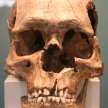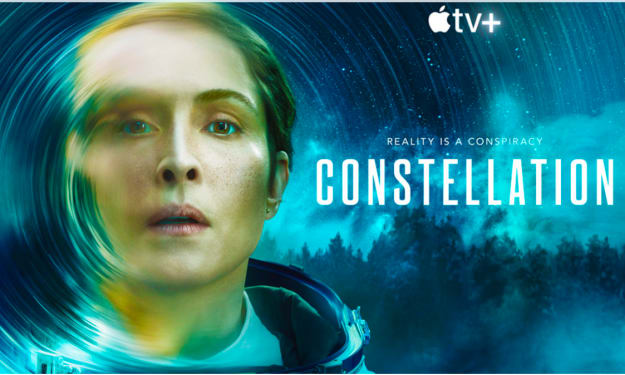Korean Paleoanthropology
No Longer a 'Backwater' in Evolution

Rudyard Kipling once said, “There is too much Asia and she is too old.” He was right, from a paleoanthropological point of view. Asia is huge and trying to find vastly scattered remains of hominids is daunting. If you take the Koreas, however, they are a nice piece of a big pie that can be searched for delicious tidbits of knowledge. There are problems with paleoanthropology here, as exists in all countries, but the Koreas present some that are unique. Many descriptions and papers from here are written in Korean, which makes their availability for Westerners unaccessible. South Korean soil and climate are just not conducive to the preservation of bone fossils. It also lacks in tectonic activity (volcanos) which limits the ability of time dating fossils. The good news here is other methods of dating are surfacing. North Korea, unfortunately for all, has most of the Korean caves and limestone geologic structures. Information of any finds here are not forthcoming, and what little we have gotten is highly suspect. There are four theories of the peopling of Asia:
- They evolved directly from Homo erectus in Asia.
- They evolved from erectus with admixture from Anatomically Modern Humans (AMH).
- When AMH left Africa, they simply inundated the Asian hominids.
- They came out of Africa with hybridization.
Excavation Scene at the Jangam Cave Site in Gangwon Province, Republic of Korea

The earliest hominid finds on the Korean Peninsula date to between 400,000and 600,000 years ago (Y. C. Park, 1992). A popular phrase relating to South Korean paleoanthropology is "stone rich, bone poor." Heungsu Turubong, however, has produced the nearly complete skeleton of a young child approximately 5-years-old, that dates to 46,000 kbp., in South Korea. Ryonggok, North Korea is probably the most important reserve in all of Korea. Located near Pyeongyang, it has produced five sets of remains. When Westerners were still allowed access, they determined the fossils to be AMH. The North Koreans insist they are Neanderthal. Refreshed looks at photographs have some Westerners thinking they are Archaic Homo sapiens of some designation but without the actual fossils, little can be done other than to speculate. Mandall is another site in North Korea that is very important. A full array of bones, stone tools, and associated fauna are found together and this site gives an overall completeness lacking elsewhere. The secrecy of the Northern part of the peninsula is maddening! There is little to no information about this site. In Chongokni, it is much the same story. We do know that handaxes dating to 100.000 kbp, and some cleavers have been found there. The hope here is that when and if North Korea ever opens up, Korean researchers will be poised to pounce on these sites. Currently, South Korea is experiencing a renaissance in paleoanthropology. There is much work to be done. We have next to nothing to show symbolism, such as body decoration, musical instruments (flutes), art, and deliberate burials. In the 1940s a man named Hallam L. Movius declared that Asia was a "cultural backwater" because the more advanced Acheulean stone tools were lacking in Asia. That line of thinking exists only in historical notations. The tools have been found. There is so much work left to be done, and questions to be answered. Korea is a good place to look for migratory hominids because it is a peninsula and hominids may have been geographically concentrated there. The time has come for researchers to focus on all places, not just Africa and China. With the new hold on nuclear weapons, scientists everywhere are expecting North Korea to open its doors to collaborations and research on a scale not seen in decades. Time will tell.
About the Creator
Monica Bennett
I am a retired high school and college teacher. I have taught forensics, biology, chemistry, ecology, and Earth science.. Long Island has been my home for 60 years.






Comments
There are no comments for this story
Be the first to respond and start the conversation.